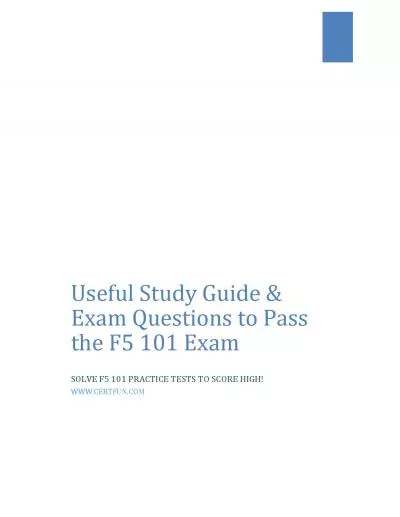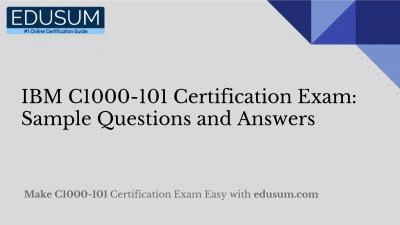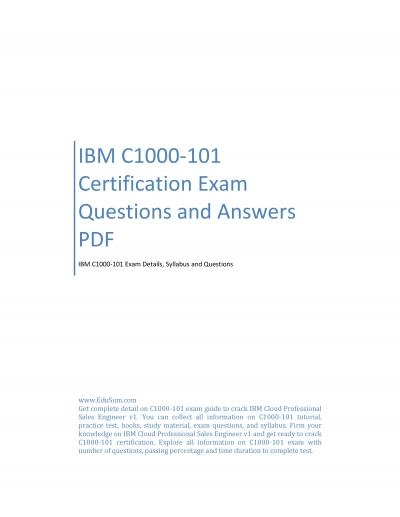PDF-Econ 101: Principles of Microeconomics
Author : conchita-marotz | Published Date : 2015-09-08
Fall 2012 Homework 8November 9 Page of Problem 1Monopolists can charge whatever price they want and maximize profit since they are price makers False Like all firms
Presentation Embed Code
Download Presentation
Download Presentation The PPT/PDF document "Econ 101: Principles of Microeconomics" is the property of its rightful owner. Permission is granted to download and print the materials on this website for personal, non-commercial use only, and to display it on your personal computer provided you do not modify the materials and that you retain all copyright notices contained in the materials. By downloading content from our website, you accept the terms of this agreement.
Econ 101: Principles of Microeconomics: Transcript
Download Rules Of Document
"Econ 101: Principles of Microeconomics"The content belongs to its owner. You may download and print it for personal use, without modification, and keep all copyright notices. By downloading, you agree to these terms.
Related Documents

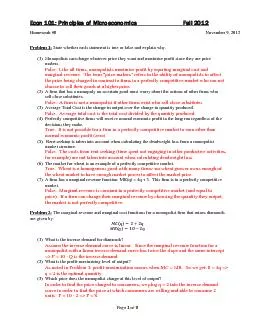

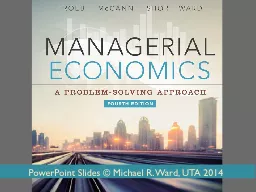
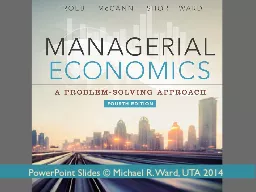
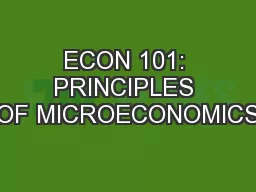

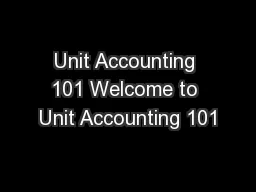
![[EPUB] - AP Microeconomics/Macroeconomics with 4 Practice Tests (Barron\'s Ap Microeconomics/Macroeconomics)](https://thumbs.docslides.com/902858/epub-ap-microeconomics-macroeconomics-with-4-practice-tests-barron-s-ap-microeconomics-macroeconomics.jpg)
![[EPUB] - 5 Steps to a 5: AP Microeconomics 2022 (5 Steps to a 5 Ap Microeconomics and](https://thumbs.docslides.com/902993/epub-5-steps-to-a-5-ap-microeconomics-2022-5-steps-to-a-5-ap-microeconomics-and-macroeconomics.jpg)
